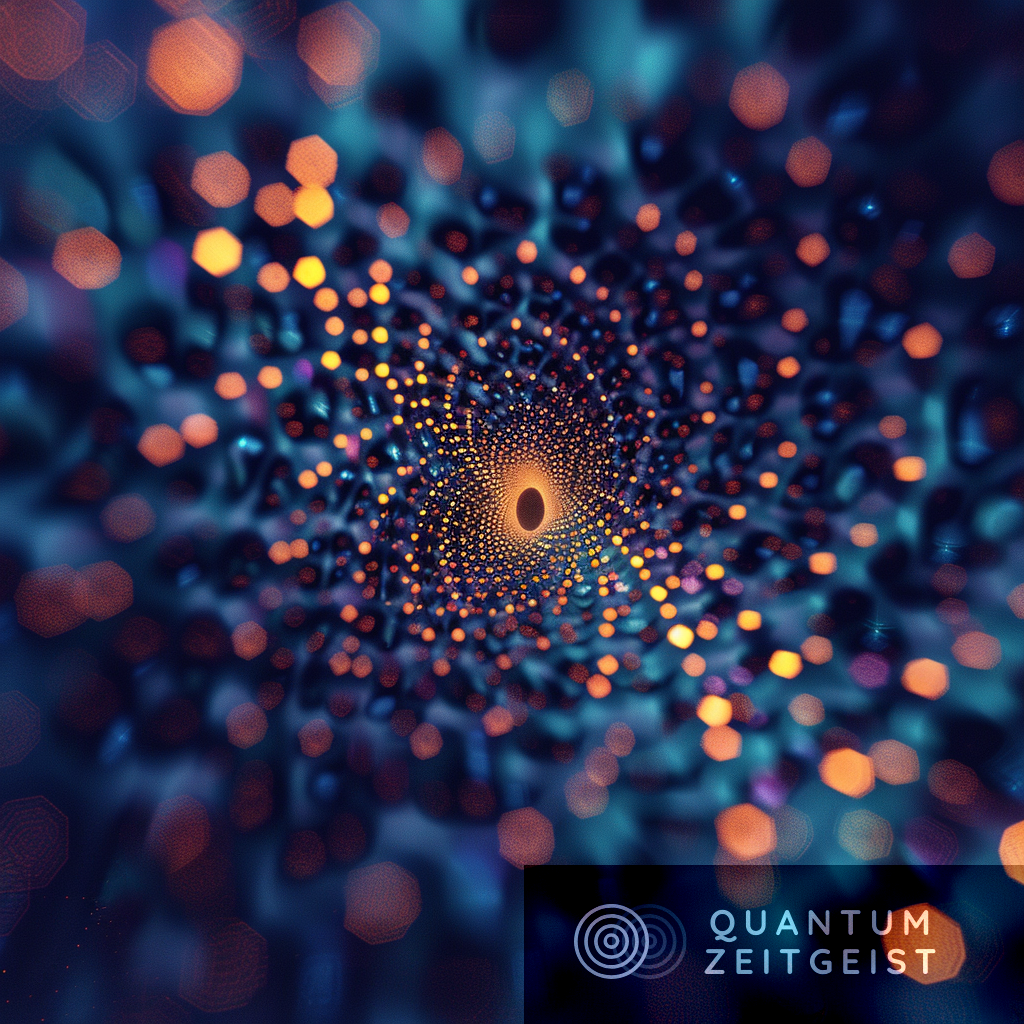Structured light, an optical field with modulated phase and amplitude, is used in various fields, including optical manipulation, 3D imaging, and communications. The Generalized Lorenz-Mie Theory (GLMT) extends the Mie theory to accommodate complex structured lights, enabling precise characterization of structured light-particle interactions. ABSphere, a simulation software, utilizes GLMT to model these interactions. Continuous theoretical refinements and advancements in GLMT and ABSphere are expected to drive further innovations in optical applications and technologies, enhancing the understanding of structured light-particle interactions.
What is Structured Light and its Applications?
Structured light refers to an optical field with modulated phase and amplitude characterized by distinct spatial patterns. It has a wide range of applications in various fields such as optical manipulation, 3D imaging, remote sensing, and communications. By precisely controlling the properties of structured light, intricate intensity patterns and specific optical effects can be generated. This enables accurate measurement and manipulation of particles, which is crucial in many scientific and technological domains.
In interactions with particles, scattering emerges as the predominant process encompassing light absorption, dispersion, and scattering itself. Understanding the optical scattering characteristics of particles enhances knowledge of light-particle interaction mechanisms and enables analysis of particle properties and morphology via scattered light analysis. This understanding is crucial for elucidating underlying interaction mechanisms with spherical particles.
What is the Generalized Lorenz-Mie Theory (GLMT)?
The Generalized Lorenz-Mie Theory (GLMT) extends the foundational Mie theory to accommodate complex structured lights, enabling precise characterization of structured light-particle interactions. The Mie theory, developed in 1908, provides an analytical expression for the scattering of plane electromagnetic waves by homogeneous spheres based on Maxwell’s equations. This theory has become fundamental in addressing light and electromagnetic scattering problems.
However, the conventional Mie scattering theory has limitations in addressing the complexities of structured light. To overcome these limitations, G. Gouesbet et al. pioneered using the Bromwich formula in 1988 to study far-field scattering of Gaussian beams by homogeneous medium spheres. This groundbreaking work led to the development of GLMT, which has emerged as a central theoretical framework for analyzing structured light-particle interactions.
How Does GLMT Work?
GLMT inherits foundational Mie principles while extending applicability to polychromatic, polarized, and structured light scenarios. It imposes no restrictions on particle size, solving electromagnetic scattering characteristics and mechanical effects for spherical particles of any size within its theoretical framework. The primary focus of GLMT is solving beam shape coefficients (BSCs) associated with a given structured light, providing profound insight into physical mechanisms governing their particle interactions.
GLMT offers more accurate and efficient solutions for optical manipulation and related research and applications. The computational process involves several steps. First, based on laser wavelength, particle size, and refractive index distribution, the electromagnetic field distribution inside and around a spherical particle under plane wave incidence is determined using Mie scattering theory.
What is ABSphere Simulation Software?
ABSphere is a simulation software that utilizes GLMT to model structured light-spherical particle interactions. It comprehensively reviews representative structured lights, including Laguerre-Gaussian, Bessel, and Airy beams, elucidating their interactions with spherical particles. The software emphasizes the significance of modeling structured light scattering by particles and discusses future directions for ABSphere software.
Continuous theoretical refinements and advancements can achieve a deeper understanding of structured light-particle interaction mechanisms. This enables innovations in optical applications and technologies, further enhancing the capabilities of ABSphere and its potential applications in various fields.
What is the Future of GLMT and ABSphere?
The future of GLMT and ABSphere lies in continuous theoretical refinements and advancements. As our understanding of structured light-particle interaction mechanisms deepens, we can expect to see more innovations in optical applications and technologies. The ABSphere software will continue to evolve, with future directions focusing on improving its ability to model structured light-spherical particle interactions.
The development and application of GLMT and ABSphere represent significant advancements in optics. By providing a deeper understanding of structured light-particle interactions, these tools offer the potential to drive further innovations in optical manipulation, 3D imaging, remote sensing, and communications. As such, they hold great promise for the future of optics and related fields.
Publication details: “Generalized Lorenz-Mie theory and simulation software for structured light scattering by particles”
Publication Date: 2024-02-15
Authors: Ming‐Jen Cheng, Yingnan Cao, Kuan Fang Ren, Huan Zhang et al.
Source: Frontiers in Physics
DOI: https://doi.org/10.3389/fphy.2024.1354223

